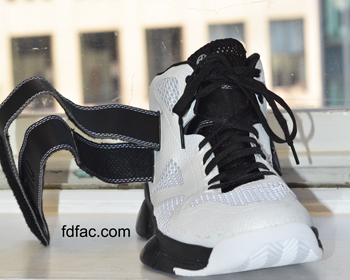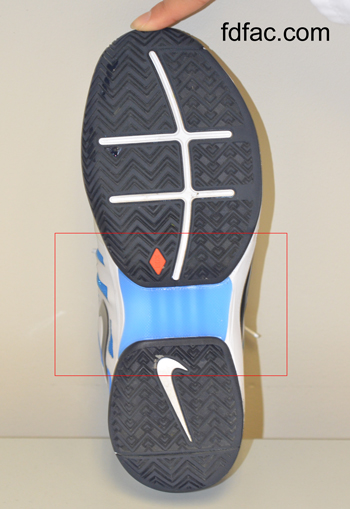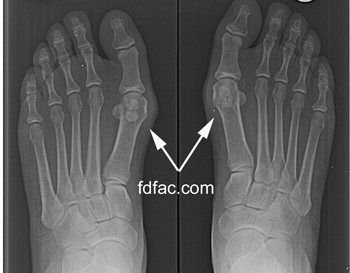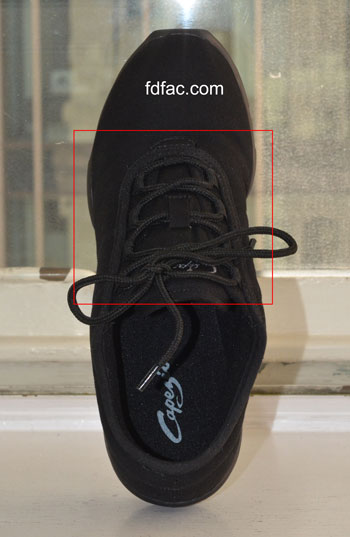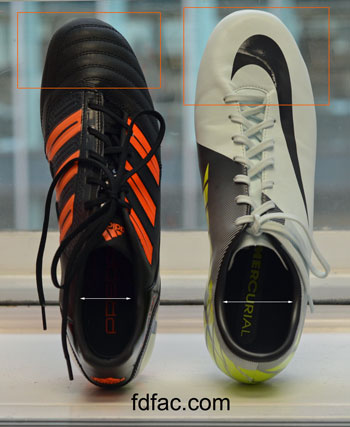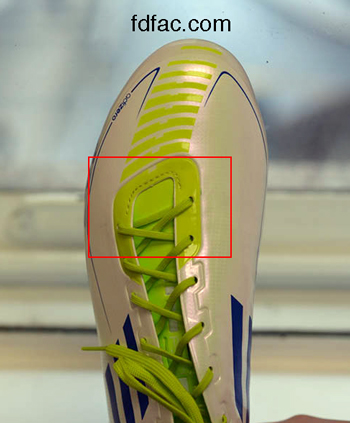Cycling shoes are notoriously narrow, which is why cyclist with wide feet can have such a hard time finding cycling shoes that fit. TC came in today wearing a new pair of fi’zi:k cycling shoes whose fit he wanted me to approve, to which I immediately did. His model, R5B Uomo Boa, was a perfect fit for his wide feet.

Surprisingly, I had never heard of the fi’zi:k brand before, but their description impressed me as much as their shoes did. I found the following information on their website:

If you have wide feet and are at a loss for a well-designed, well-made cycling shoe, check out fi’zi:k. Several specialty cycling stores carry this brand as does Amazon.com.Fizik R5B Uomo Boa, Black/Dark Grey Although this model is sized medium, it runs wide.
With an MSRP of approximately $150, this is definitely one shoe you will want to try on if you have wide feet.
Stay tuned for my next cycling post where I’ll be discussing the top 5 most common cycling foot injuries I treat. In the meantime here’s a link to some of my previous cycling posts:
Cycling Shoes And Sesamoid Pain
Spin Class and Forefoot (Sesamoid) Pain
Cycling Shoe Brand Review – DZR
Life happens. Don’t wait.












